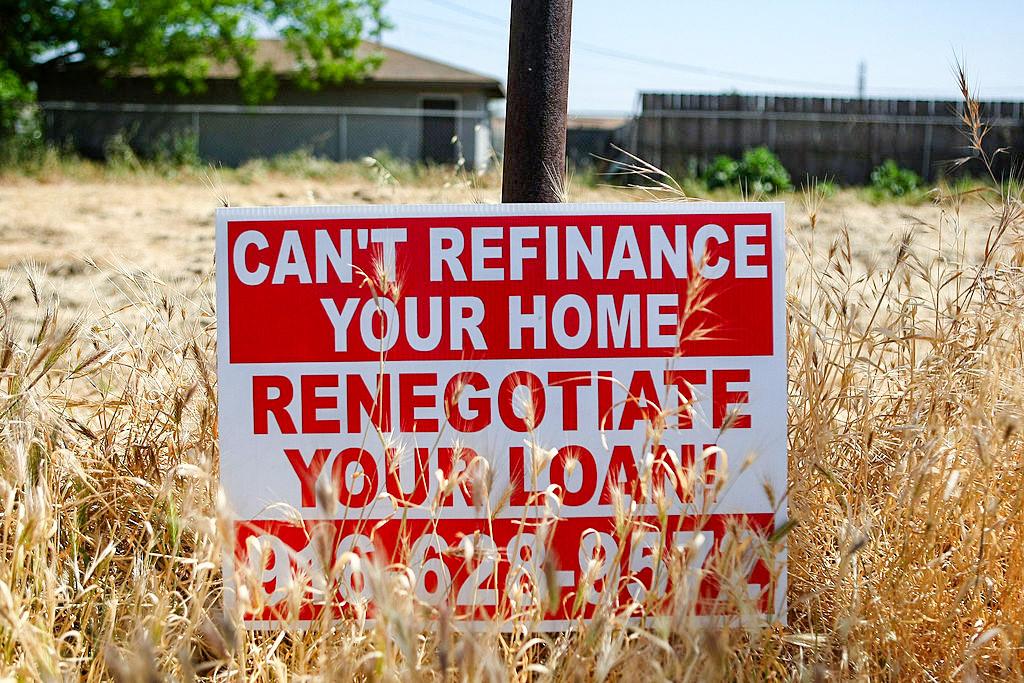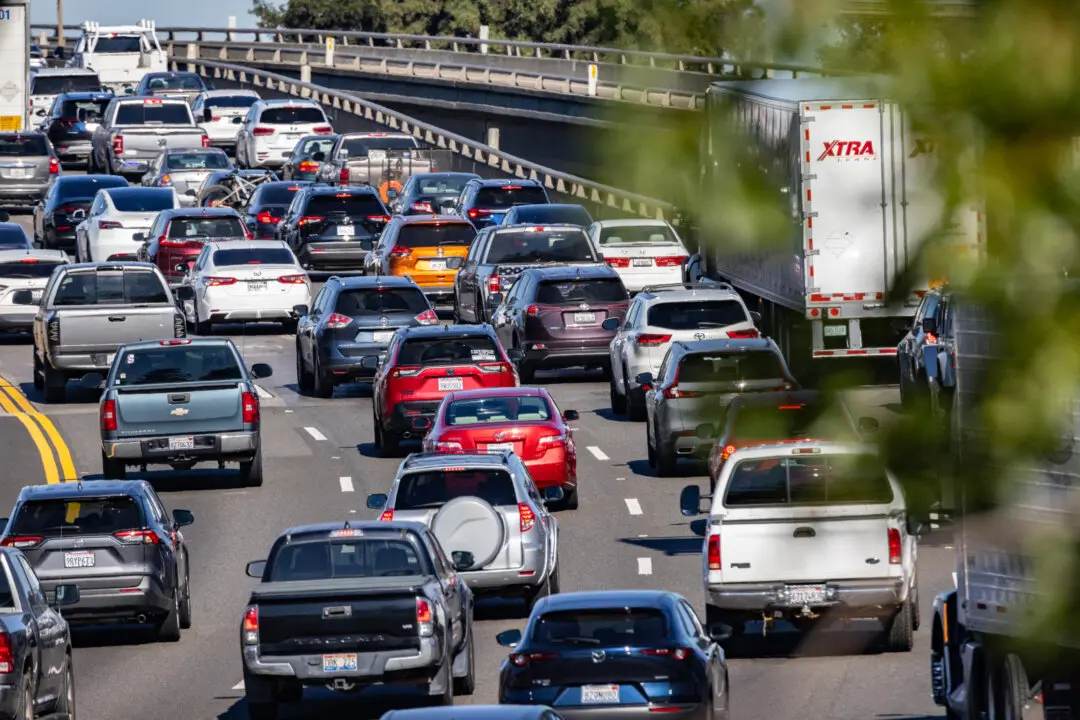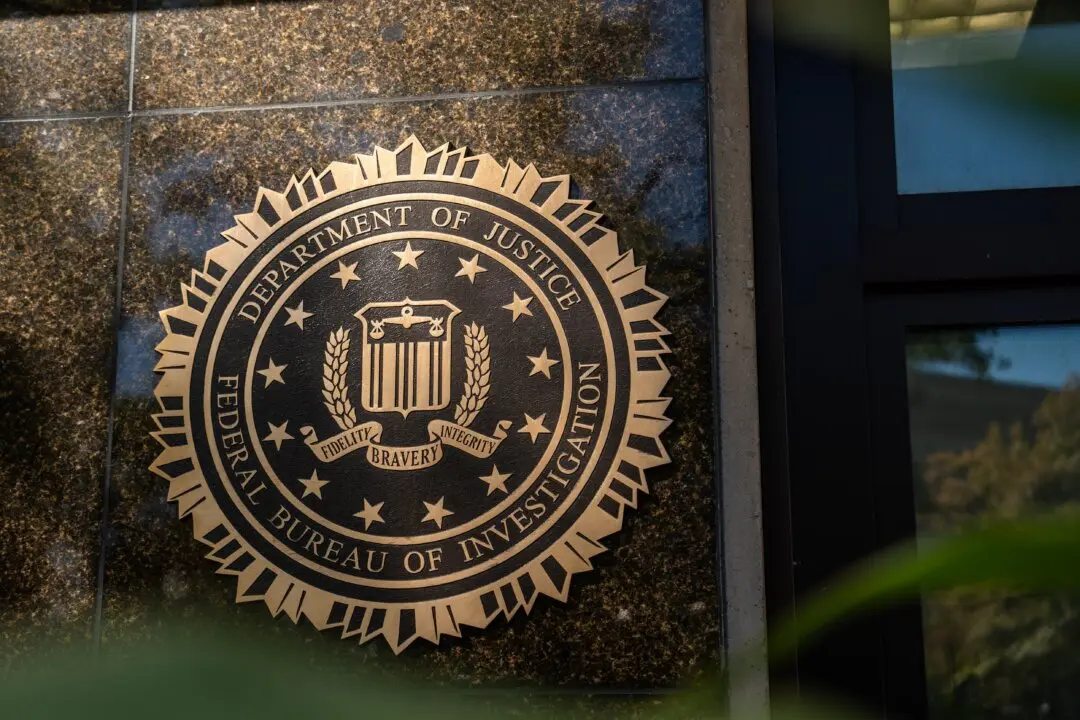The rate of mortgage delinquencies increased in the second quarter of this year, with loans at default for 60 days or less accounting for the annual surge, according to the Mortgage Bankers Association (MBA).
Delinquency rates for one- to four-unit residential properties rose to 3.97 percent of all outstanding mortgages by the end of the second quarter, according to an Aug. 15 statement from the group. The rate of delinquency was up three basis points from the first quarter and up 60 points year over year.





